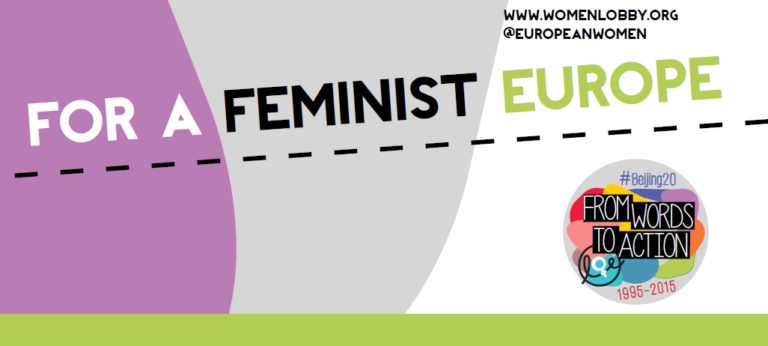The United Nations is intensifying its global campaign to eliminate one of the most widely-condemned religious and cultural rituals in the world today, mostly in Africa and Asia: female genital mutilation/cutting (FGM/C).
The joint efforts by two U.N. agencies – the U.N. Population Fund (UNFPA) and the U.N. children’s agency UNICEF – have resulted in over 6,000 communities abandoning the physically-harmful practice in countries such as Ethiopia, Egypt, Kenya, Senegal, Burkina Faso, the Gambia, Guinea and Somalia.
Asked if FGM/C is prevalent mostly in Africa or in Asia, and whether it is confined primarily to Muslim communities, Dr. Nafissatou J. Diop, coordinator of the Joint UNFPA-UNICEF Programme on FGM/C, told IPS the practice takes place mainly in 28 African and West Asian countries.
“But it also exists in a number of Asian countries, such as Indonesia, Malaysia and Kurdistan, and also among migrant communities,” she said.
As a practice, it predates organised religion. “So is not confined to one religious group,” she added.
FGM/C, which refers to the removal of all or part of the female genitalia, is also known to be practiced among Asian and African migrant communities in Europe and North America.
This practice, according to UNFPA/UNICEF, is undertaken for cultural or other non-medical reasons – often causing severe pain and sometimes resulting in prolonged bleeding, infection, infertility and even death.
The joint UNFPA/UNICEF initiative against FGM/C, set up in 2008, is aimed at encouraging communities to collectively abandon the practice using a culturally sensitive approach, including dialogue and social networking, leading to abandonment within one generation.
Asked how many communities still practice it, Diop said “whilst we do not have the data yet to show the absolute scale of FGM/C and how many communities practice it, we know that up to three million girls a year are cut in Africa alone” while up to 140 million women and girls have already undergone the practice.
In Senegal, she said, the non-governmental organisation (NGO) Tostan has estimated that 5,000 communities practice FGM/C while 4,625 communities have abandoned it.
“We do not have this clear figure in other countries. The success of the programme in such a short timeframe shows us that we have an effective, proven model that can lead to rapid social change in a community,” Diop noted.
She also pointed out that in Ethiopia, the prevalence rate has fallen from 80 percent to 74 percent, in Kenya from 32 percent to 27 percent, and in Egypt from 97 percent to 91 percent.
“But there is still a lot of work to do,” added Diop.
In a statement issued Sunday commemorating the International Day Against FGM/C, UNFPA Executive Director Babatunde Osotimehin and UNICEF Executive Director Anthony Lake renewed their commitment to put an end to the harmful practice.
“We call on the global community to join us in this critical effort. Together, we can abolish FGM/C in one generation and help millions of girls and women to live healthier, fuller lives,” they said.
The statement also said the programme is anchored in human rights and involves all groups within a community, including religious leaders and young girls themselves. Rather than condemn FGM/C, it encourages collective abandonment to avoid alienating those that practice it and instead bring about their voluntary renunciation.
“Social norms and cultural practices are changing, and women and men in communities are uniting to protect the rights of girls,” said the joint statement.
“UNFPA and UNICEF are working with partners to end this harmful practice in one generation and we believe that reaching this goal is possible,” said the U.N. agency chiefs.
Describing the practice as a violation of women’s rights as well, the statement said that “all girls deserve to grow up free from harmful practices that endanger their health and well-being”.



